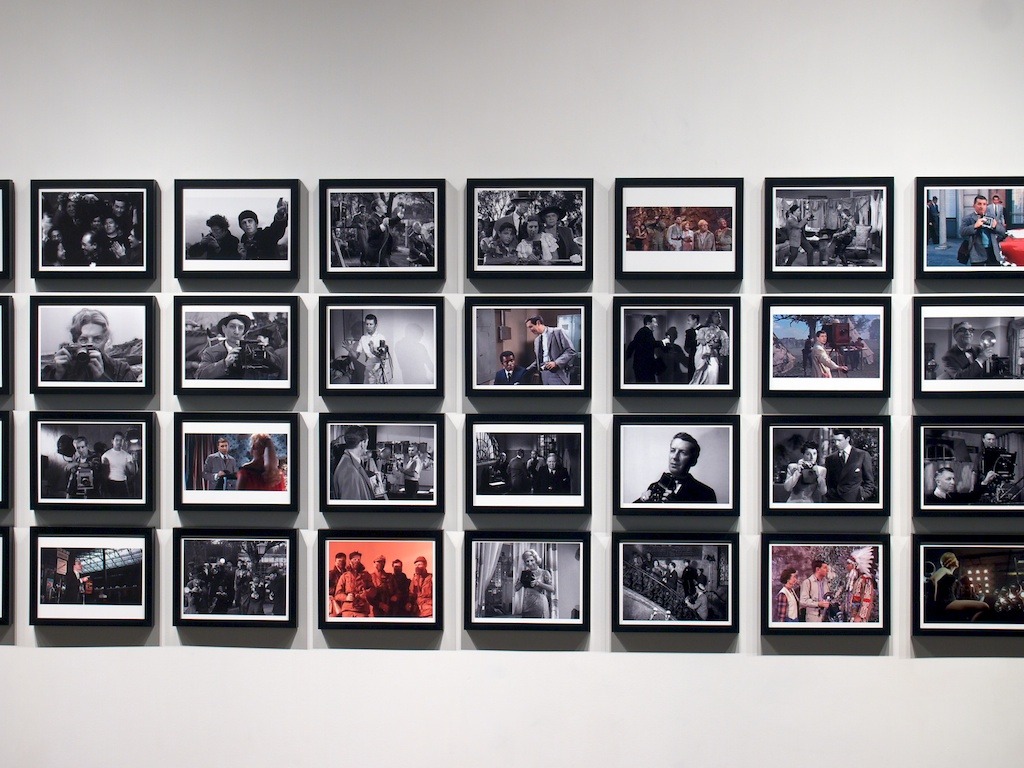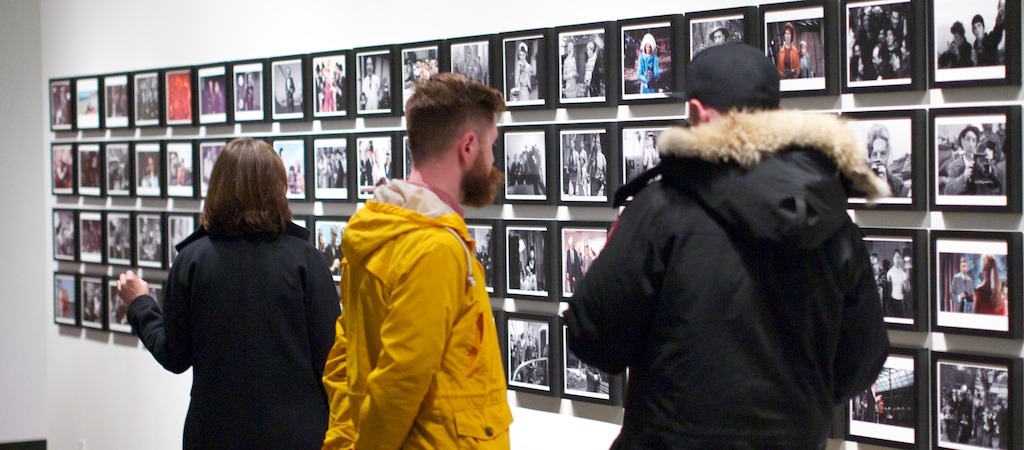Chuck Samuels | Before Photography
November 15 – December 21, 2013
Opening reception | Friday, November 15 at 7 pm
Before Photography is Chuck Samuels’ visual exploration of an era before he began the practice of photography. Focusing on Samuels’ father’s obsession with photography and how it might have led to Samuels’ own choice of profession, the exhibit is an examination of the successes and failures of memory. As Samuels explores his relationship with his father, he often makes himself the subject of his work, inserting himself into images of cinema and television of his father’s era and searching for the qualities that drew his father to the medium.
Before Photography includes four bodies of work that cross between the periods of his relationships with his father and photography. Though images and video in each section, a complicated and unstable narrative emerges.
Irresistible temptation: Before Photography
Text by Sylvain Campeau, with English translation by Louise Ashcroft.
It’s the story of a legacy. Or, rather, it’s the story of research into how a moment happened and its value. Besides, has Chuck Samuels not always been tracing the path of filiations? This is certainly the case in his Before the Camera series, in which he revisits celebrated works by Man Ray, Krim, Outerbridge, Weston, Mapplethorpe, Newton, Avedon, and other masters, making them, along with himself, the main subject. Disguising himself in accessories and clothing reminiscent of these works that he chooses to experience and enter into direct relationship with, a photographer like them, substantiated through mimetism.
With Before Photography, he proceeds along similar lines as here it is a question of going in search of the decisive moment that led him to adopt photography as a mode of expression, a return to the moment when Chuck’s father gave him a camera for his eleventh birthday, a moment that would, unknowingly at the time, define his destiny. Today, it is the value and meaning of this heritage that Chuck Samuels is seeking to define. What might photography and the fact that one might devote oneself to it have represented for his father? What message did he want to send by offering him a camera?
Yet the memories of his father and his hobby resist these questions. Also, in the video The Last Words on Photography, Samuels relates the circumstances of his final conversation with his father shortly before his death, an incisive exchange little to do with photography.
Then, in Chuck Goes to the Movies, he explores the image of the photographer as portrayed in films made prior to 1967, the date of his conversion to photography, in search of what the figure of the photographer might have meant to his father. Samuels infiltrated, insinuated himself into each of the 108 constructed images in this work. Despite this, some of the films are still easily recognizable, while others have long been forgotten. But emblematic figures such as the photographers in Rear Window and Blow Up certainly endure.
Chuck’s Home Movies complete the work. This 25-minute video piece takes up certain sequences already touched on in Chuck Goes to the Movies, but this time they’re animated. The figure of Chuck Samuels is superimposed on the images, which themselves are a palimpsest collection of sequences from various films. This personal family quest is thus transformed into a search for what the figure of the photographer, as portrayed in cinema, may well comprise. Yet perhaps one should focus less on this and more on the very fact that the photographer is represented within a cinematographic work. It seems that, through this figure, the cinematographer were portraying a sort of double intermediary, a character mis en abyme, representative of his own position as a lens man. These first scenes in this final part are thus extremely enlightening. One sees Anthony Perkins in the role of Norman Bates in the film Psycho peeking though a hole in a wall, watching Janet Leigh undressing. One must therefore conclude that this is the culmination of Chuck Samuels’s research: a vaguely voyeuristic imperative, the simple fact of seeing and capturing the moment. To make one believe that, through the image, one can thus conserve for oneself and the self that which one loves and believes is worth preserving. The entire legacy that the artist wishes to understand boils down to this and this alone.
A gift of images.




